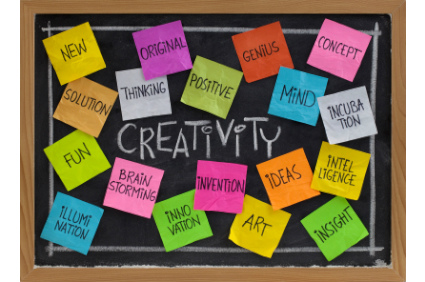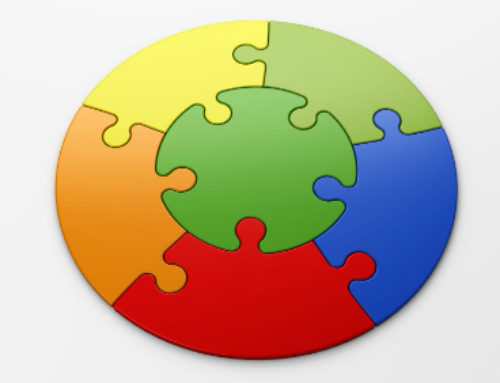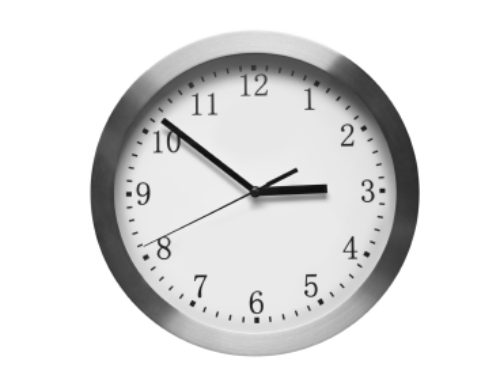Do you struggle to produce original ideas or innovate in your small business?
Walt Disney is well known for the creativity he brought to storytelling and animation – “If you can dream it, you can do it.” But how did he and his studio capture such creativity?
In his book, “Strategies of Genius: volume one”, Robert Dilts examines the thinking strategies of four famous people including Walt Disney. This article reviews what has become known as ‘Disney’s Creativity Strategy’ and looks at how it can be applied to your small business.
Disney’s Creativity Strategy
Walt Disney had three chairs in his office that were never moved and which he would use for creative thinking. Each chair represented a separate mental perspective from which he could view any idea. The first chair was for dreaming up new ideas, the second was for planning how those ideas could be made a reality and the third chair was for critically evaluating those plans in order to identify why they might not work.
‘Disney’s Creativity Strategy’ identifies these three perspectives as The Dreamer, The Realist and The Critic (or The Spoiler).
“If you can dream it, you can do it.” Walt Disney
The Dreamer
The Dreamer generates new ideas. If anything was possible we would… In a perfect world there would be…
- Reality must be suspended – rational thought extinguishes creative sparks.
- There must be no constraints, no boundaries.
- There must be zero evaluation or criticism of ideas.
- The more absurd and outrageous the idea the more likelihood of it being original.
The Realist
The Realist plans how these new ideas could become a reality.
- Considers what resources are available.
- Looks for the underlying thought contained in the idea.
- Reframes the idea to fit the present reality.
The Critic
The Critic, or Spoiler, finds reasons why the plan would not work.
- Identifies all the problems with the plan.
- Sees the negative consequences of the plan.
- Points out how the plan could be better.
Using with a Team
Physical separation for each step is important because the three mental perspectives cannot occur at the same time. Walt used three chairs in his office but the same process was used with creative teams at Disney Studio where Walt had three separate rooms that he used for the creative process. The first was a brainstorming room where ideas could be suggested, the second a storyboarding room for attempting to develop those ideas into real concepts and lastly a room where the developed ideas could be critically assessed. If an idea didn’t survive the last room it would go back to the first room to be revised. When an idea met with silence in the third room it was ready to be implemented.
If it isn’t possible to have three separate rooms you can create different perspectives in one room by rearranging the chairs. For example, during the Dreamer stage arrange chairs in a circle, for the Realist stage arrange chairs in a semi-circle facing the new ideas and for the Critic stage arrange chairs in a straight line facing the plans. This layout ensures that the team creates together but judges ideas rather than each other.
Summary
Creativity and innovation are not things that just happen they require the right environment and strategy. ‘Disney’s Creativity Strategy’ is a model that you can use as an individual or as a team to encourage creativity and set your business free!
© Business Set Free Ltd 2013
This is just one of many articles that you can find at BusinessSetFree.com or click to subscribe to our free e-newsletter.






